What is an anode? How would you explain self-discharge? Batteries are quite straightforward to use, but sometimes a little jargon can get in the way of your understanding. Below we've listed up some of the most common battery terms. Read on to find out more!
Ni-Cd Battery Pack SC 1200mAh 3.6V
What are the different parts of a battery? A short summary:
· anode: the negative electrode during discharge. While charging, this becomes positive. In AA and AAA batteries, this is usually the protruding part on the top.
· cathode: the positive electrode during discharge. While charging, this becomes negative. In AA and AAA batteries, this is usually the flat part on the bottom.
· seal: a part of the battery cell that makes sure chemicals cannot leave the battery. It also limits air intake. A good seal is essential for a safe battery.
Whereas they're simple to use, the electrical processes are often a little more complex. Let's take a look at the most common technical battery terms used:
· capacity: the amount of energy that is stored inside a battery. It is measured in mAh (milliamp hours).
· voltage causes electric charges to move through the wire or other conductors. It is measured in volt (V).
· cycle: one sequence of charge and discharge, or: how many times you can use and recharge a battery. Every rechargeable battery has a set amount of cycles (i.e. cycle life) before it starts losing capacity and efficiency.
· (self-)discharge, drain: discharge or drain happens when a battery loses energy. This ideally happens while it’s used in a device. However, a battery may lose (more) power when used incorrectly or when stored for longer periods of time. This depends on shelf life (see further).
· shelf life: the amount of time you can store unused batteries before they lose a significant amount of their capacity. For Godson batteries, batteries maintain up to 70% of their charge after 10 years.
· short-circuit: when electricity flows unintendedly, usually through a very short ‘path’, it will make the battery heat up and cause damage. Read more about battery safety here.
· memory effect: when a battery is discharged to the same ‘level’. For example: repeatedly discharging a battery to only 50% of its capacity before recharging it will cause the battery to lose some of its potentials. Luckily, there is no proven memory effect in Godson batteries.

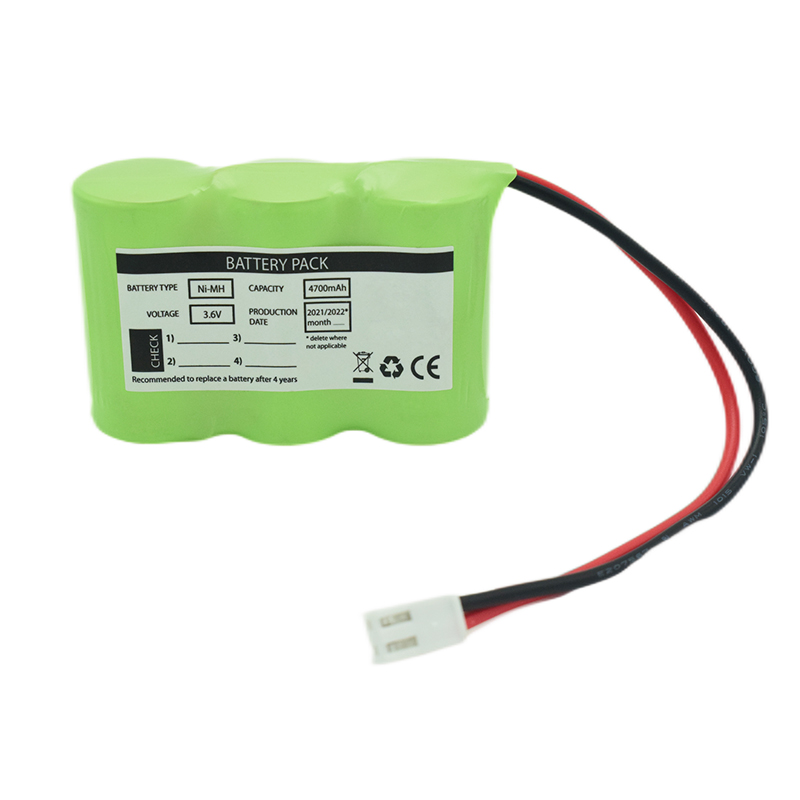 Ni-MH Battery C4700mAh 3.6V
Ni-MH Battery C4700mAh 3.6V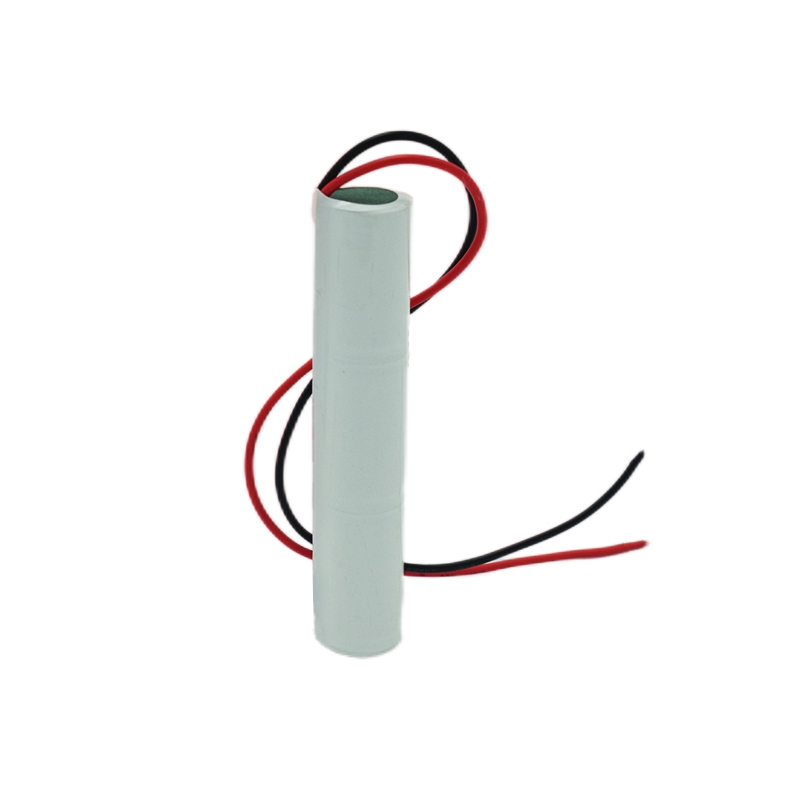 Nickel Cadmium Nicd Battery Pack SC1800mAh 3.6V
Nickel Cadmium Nicd Battery Pack SC1800mAh 3.6V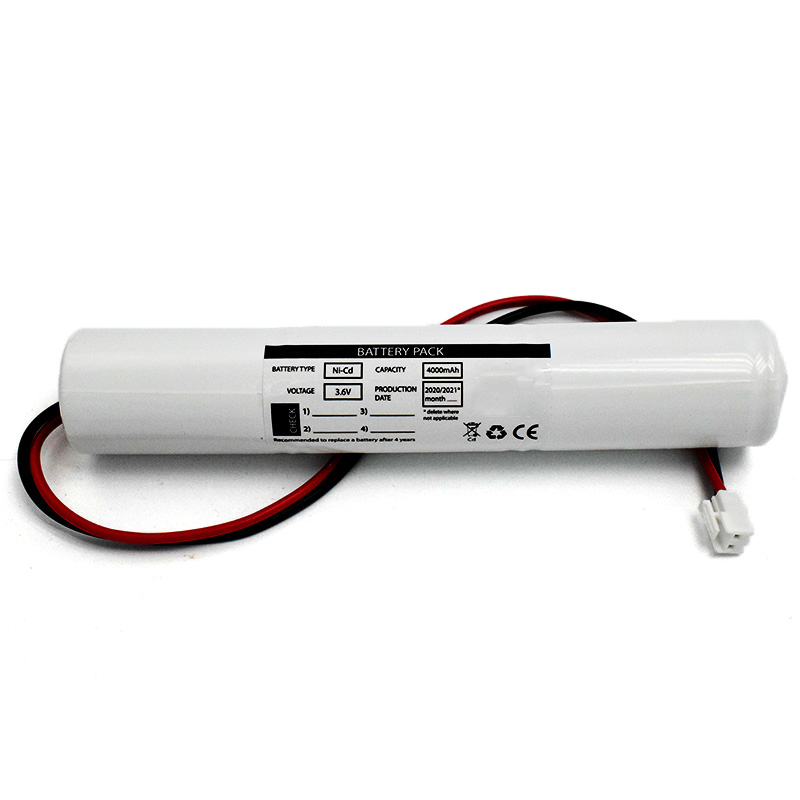 Ni-Cd Battery Pack D4000mAh 3.6V
Ni-Cd Battery Pack D4000mAh 3.6V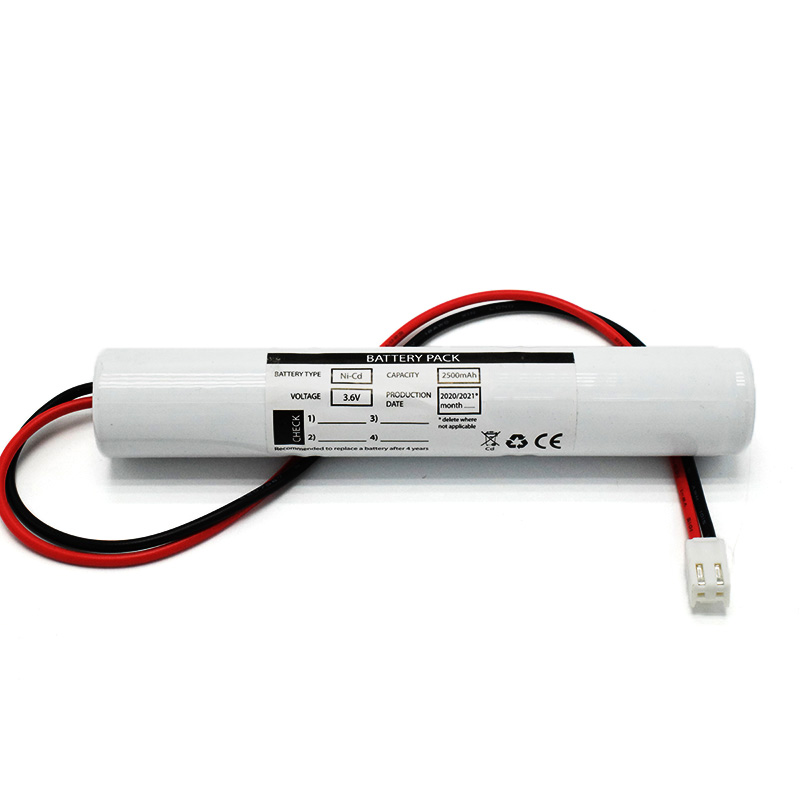 Ni-Cd Battery Pack C2500mAh 3.6V
Ni-Cd Battery Pack C2500mAh 3.6V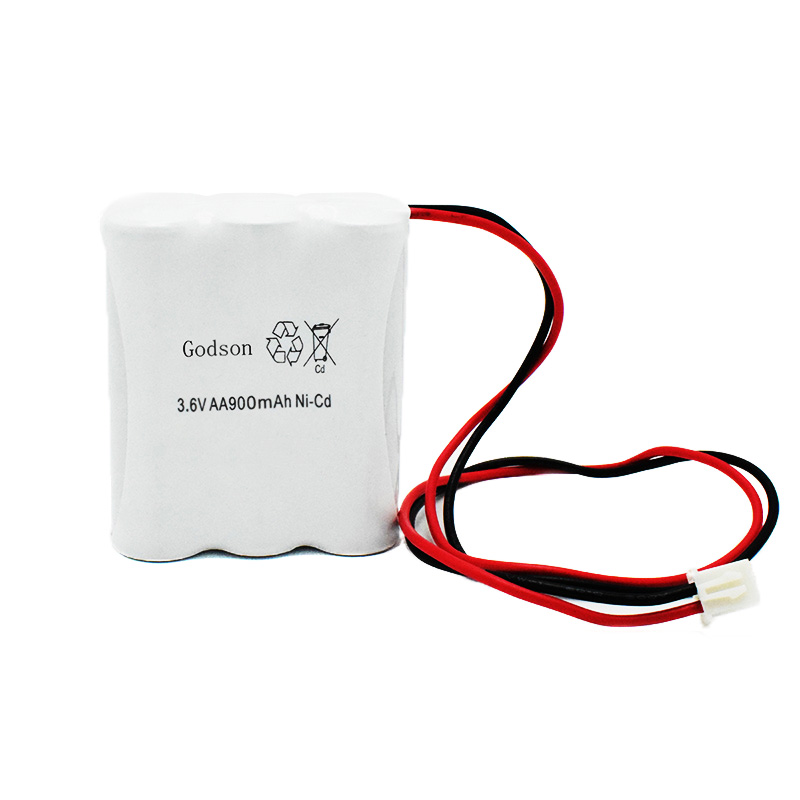 NICAD Battery Pack AA900mAh 3.6V
NICAD Battery Pack AA900mAh 3.6V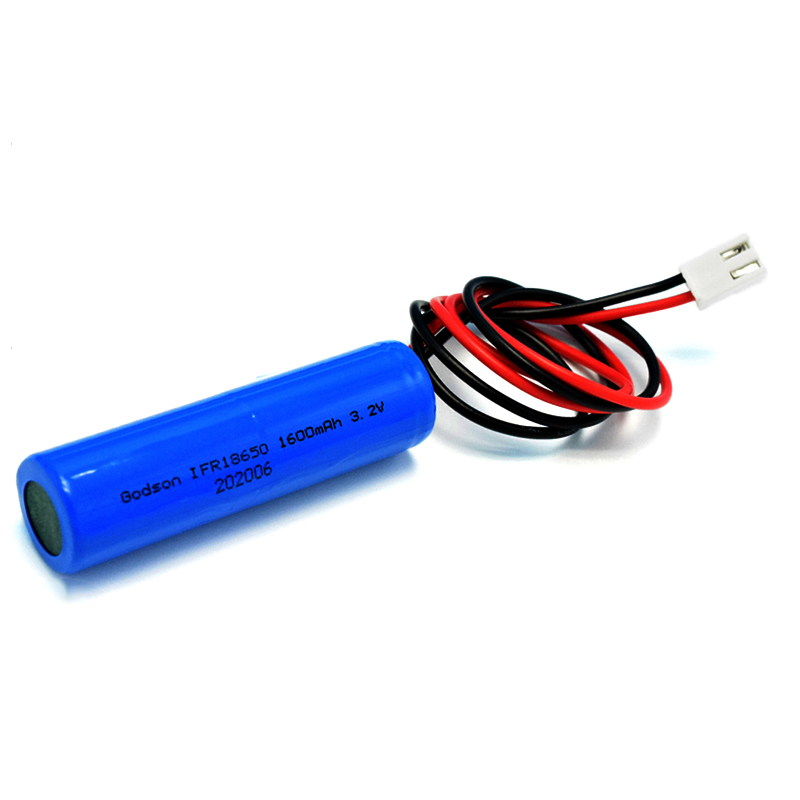 LiFePO4 IFR18650 1600mAh 3.2V
LiFePO4 IFR18650 1600mAh 3.2V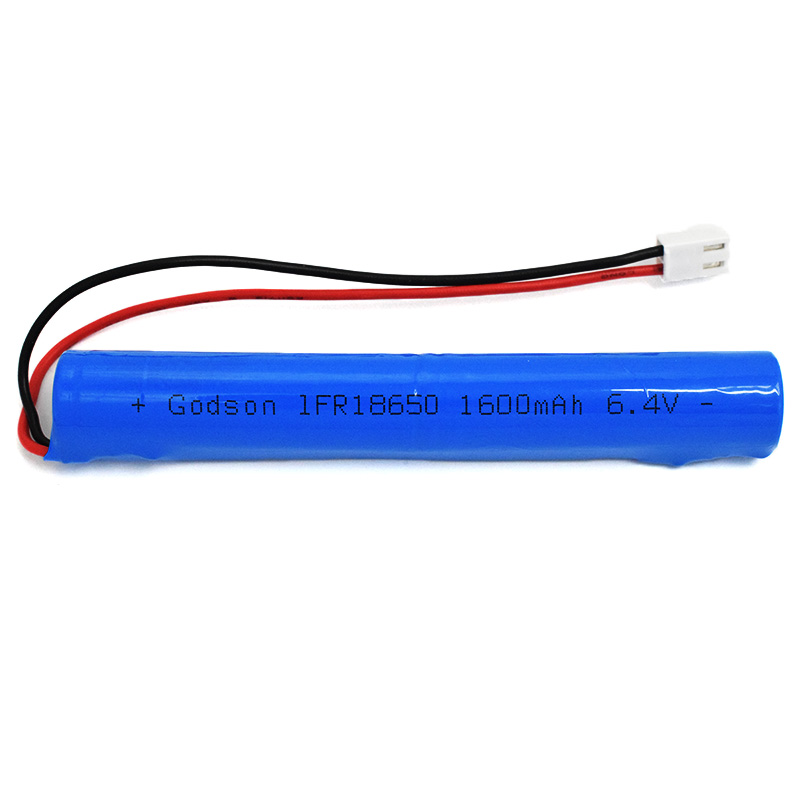 LiFePO4 IFR18650 1600mAh 6.4V
LiFePO4 IFR18650 1600mAh 6.4V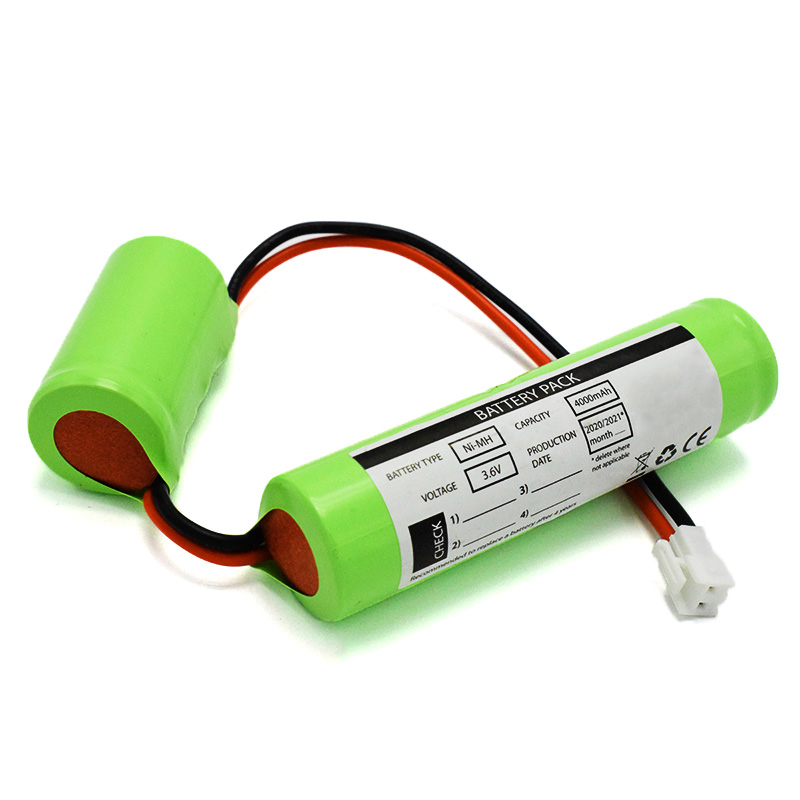 Ni-MH Battery C4000mAh 3.6V
Ni-MH Battery C4000mAh 3.6V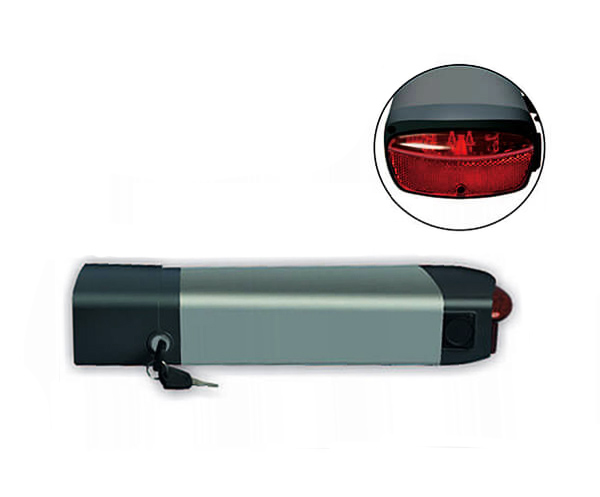 E-bike Battery 48V 10Ah JL-1
E-bike Battery 48V 10Ah JL-1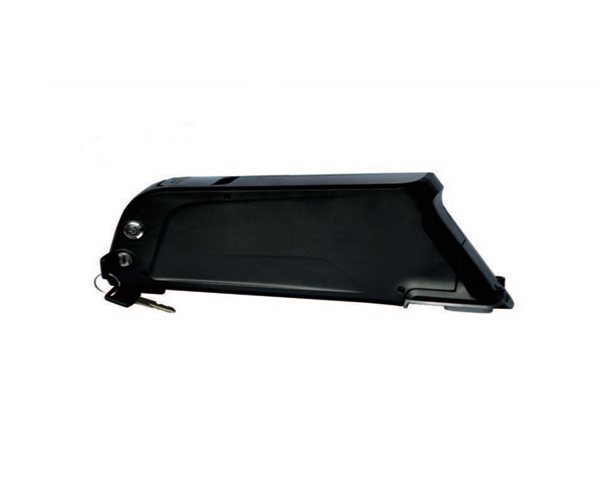 E-bike battery 48V 10Ah Qing Tian
E-bike battery 48V 10Ah Qing Tian